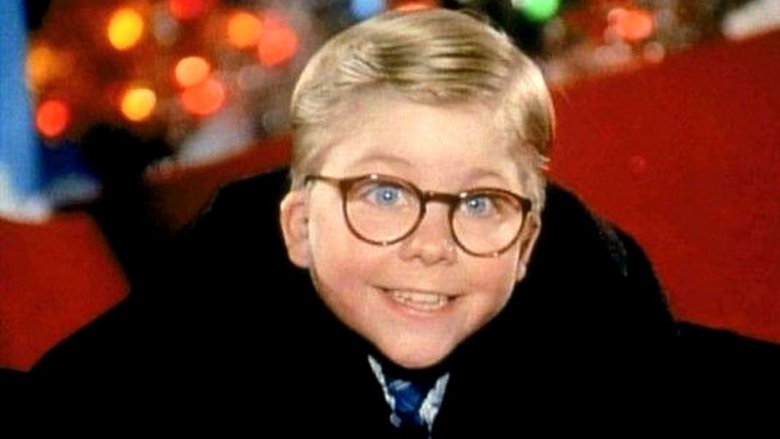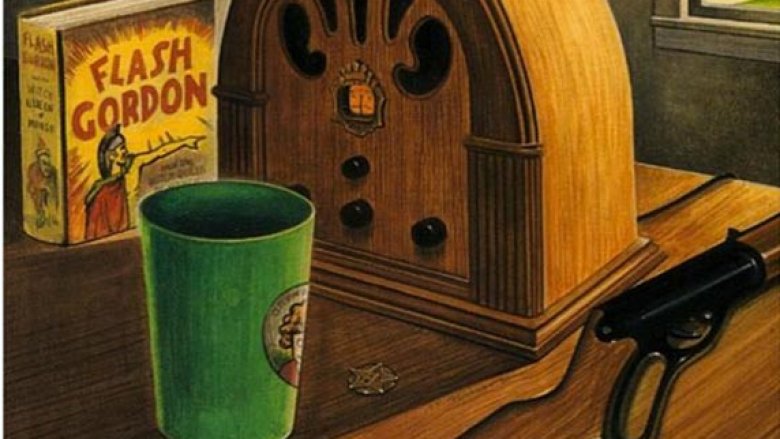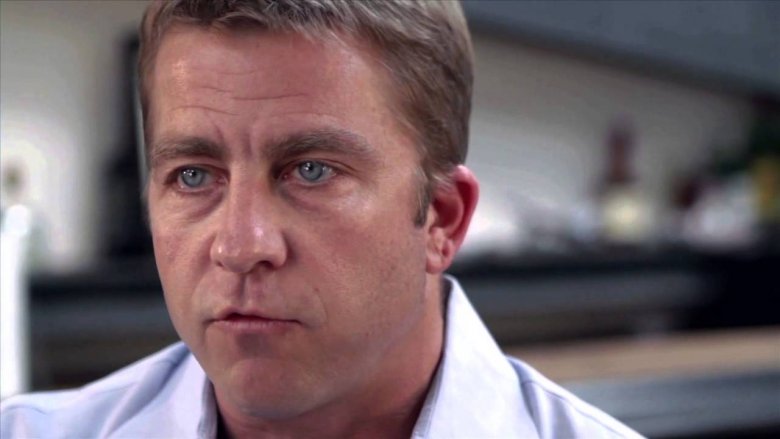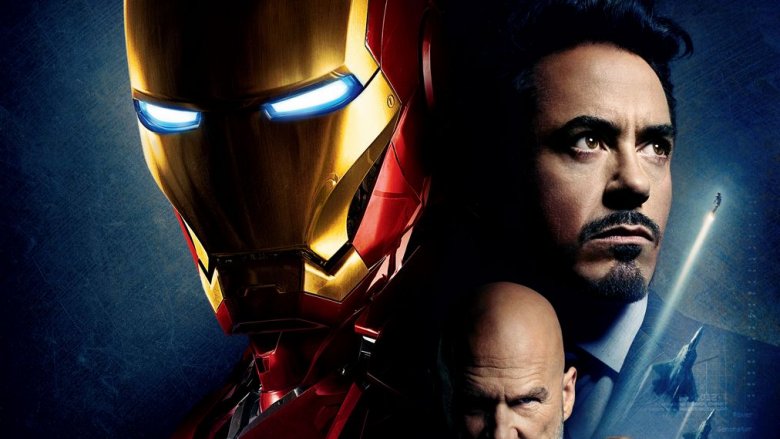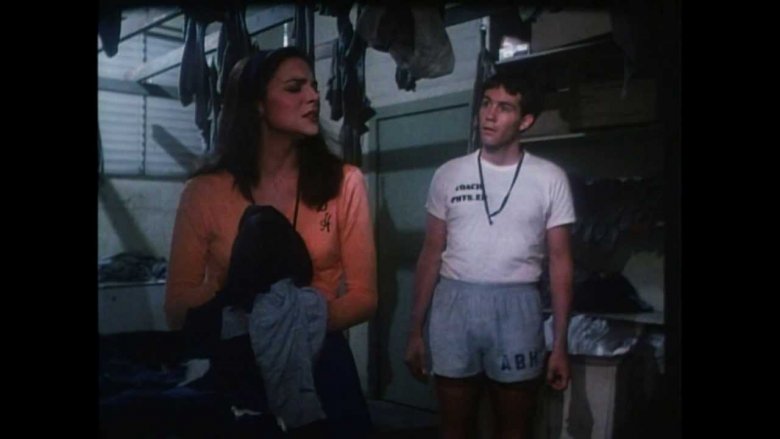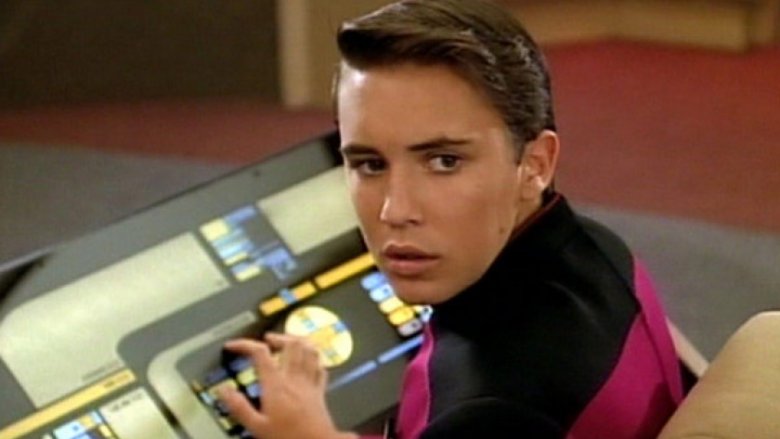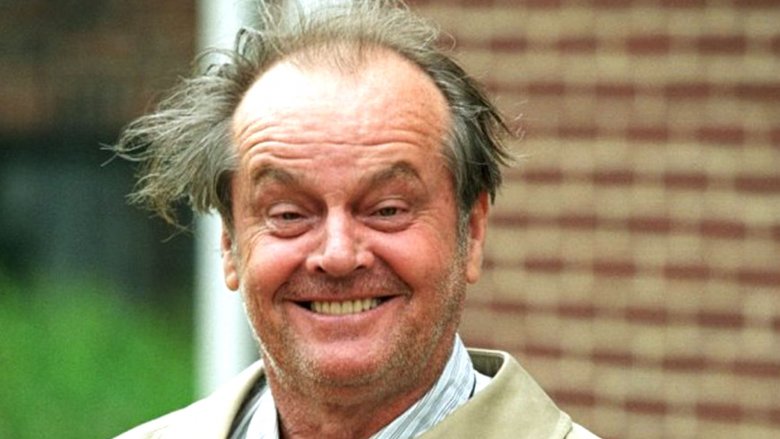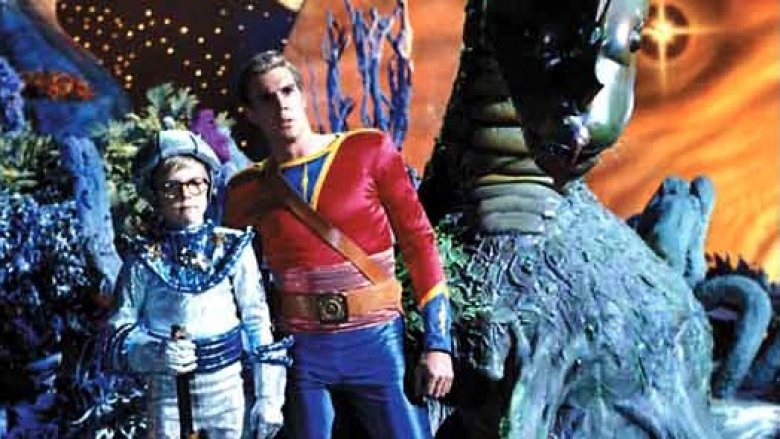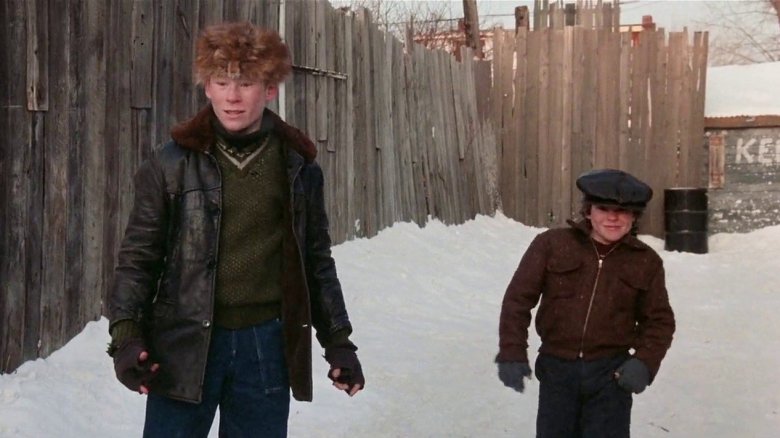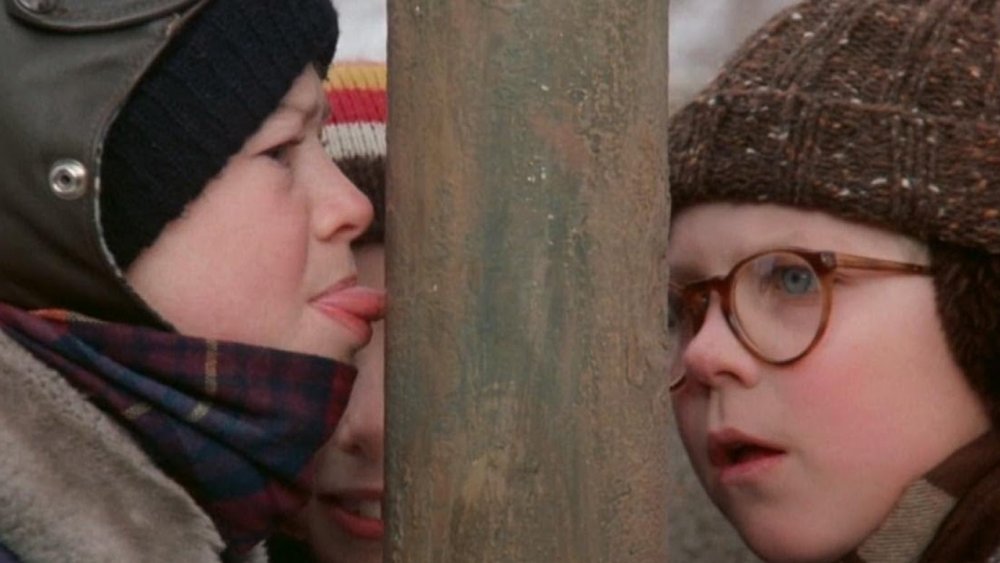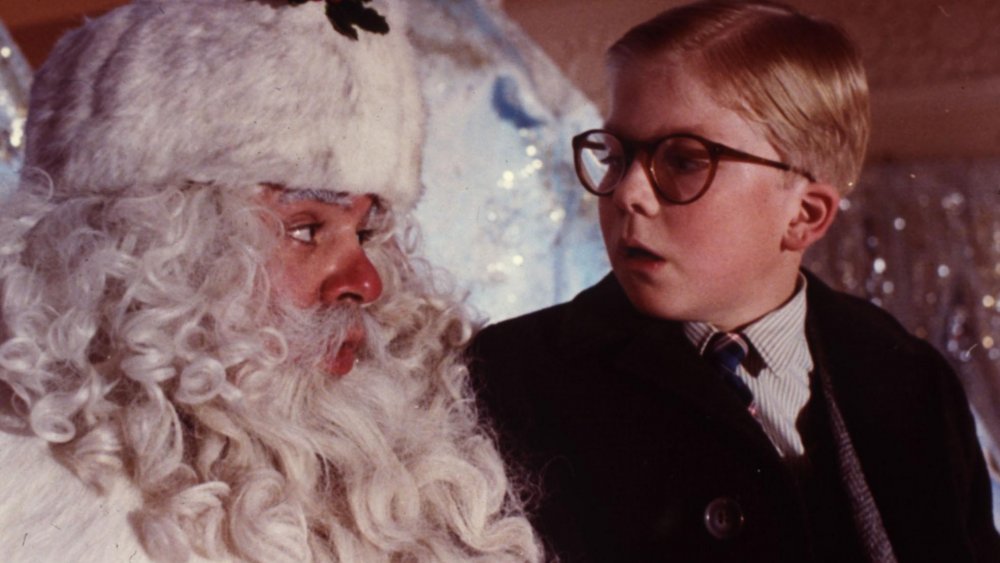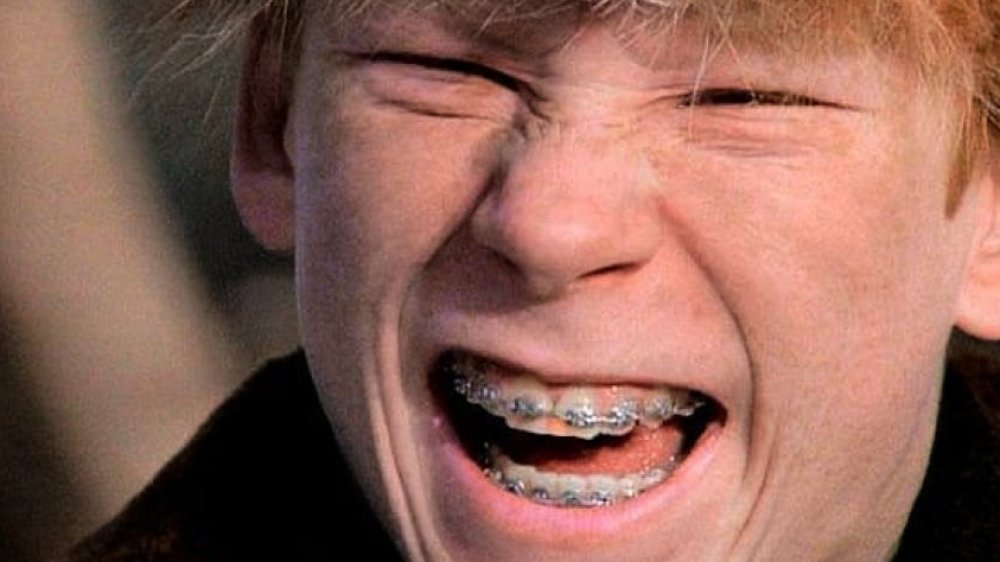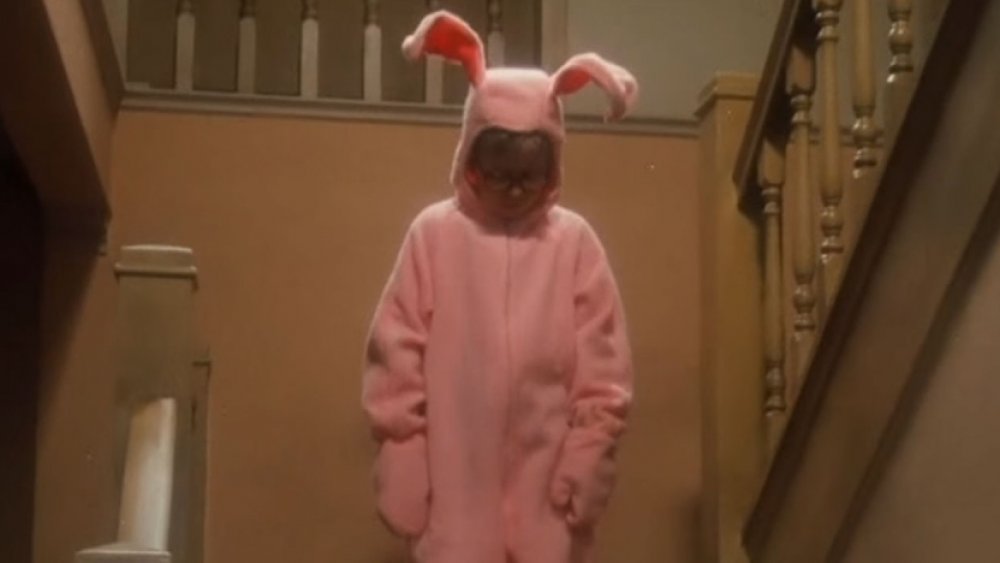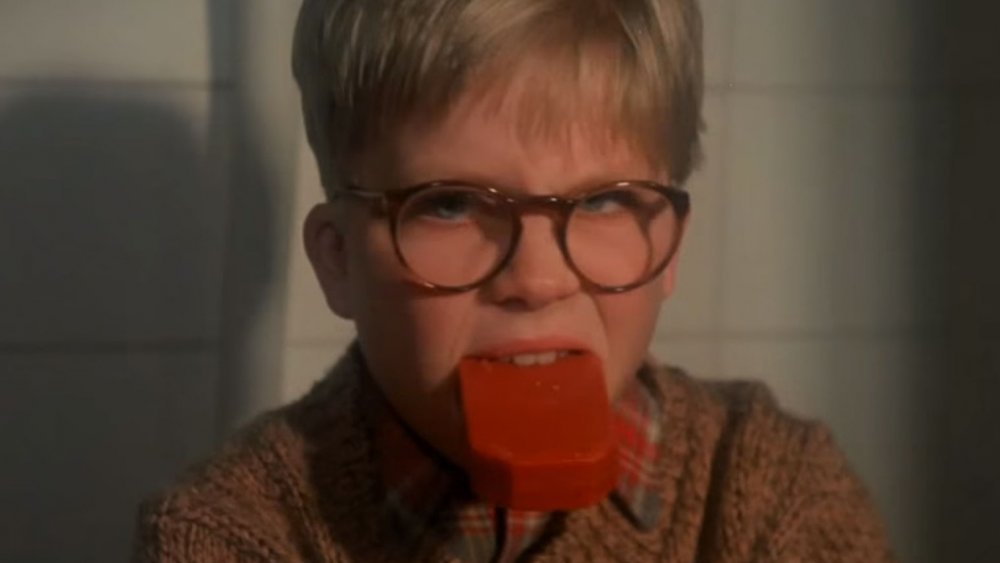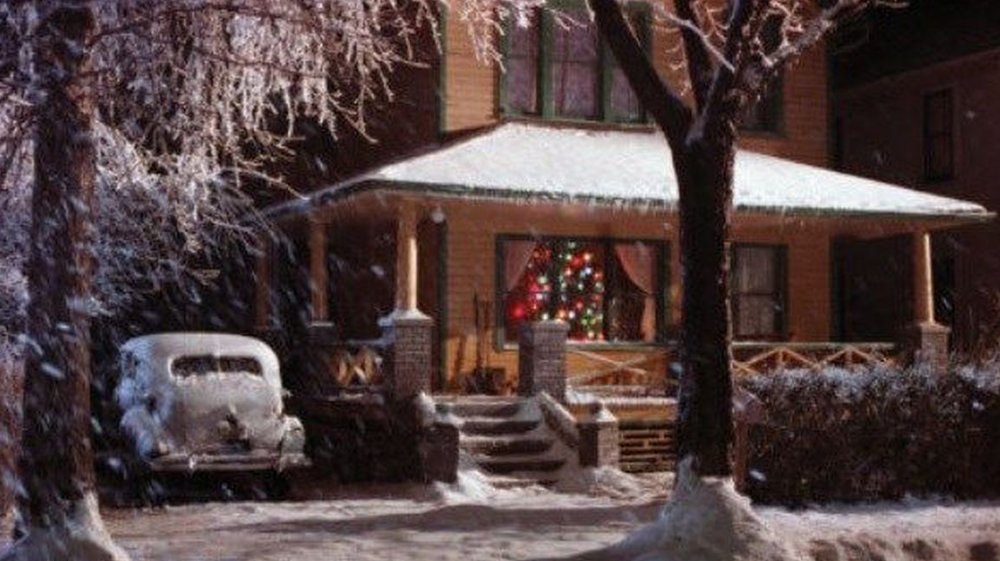The Untold Truth Of A Christmas Story
1983's A Christmas Story is as inextricably connected to seasonal traditions as waiting in line to see a department store Santa, kids trying to be on their best behavior, and elaborate turkey dinners. All those things — and lots more — are depicted in A Christmas Story, which features a hilarious and nostalgic series of connected vignettes based on the stories of Jean Shepherd. Set in Indiana during the years immediately preceding World War II, the film focuses on an imaginative, mischievous little kid named Ralphie Parker (Peter Billingsley), and his overwhelming desire to receive a Red Ryder BB gun come Christmas morning.
Thanks to perennial, near-constant airings on cable TV each holiday season, A Christmas Story has become one of the most popular Christmas movies of all time. It seems like nearly every line and scene in the movie has been committed to collective memory, from "You'll shoot your eye out, kid," to the "fra-gee-lay" leg statue the Old Man wins. Not as well known, however, is the truth about what went into making A Christmas Story. We're here to deliver those details — no decoder ring necessary.
It's based on a book of vignettes originally published in Playboy
"I'm only reading it for the articles!" is an oft-used excuse for owning Playboy magazines, but they genuinely have had some incredible pieces by incredible writers over the years. It's also the magazine where Jean Shepherd first wrote his memoir-esque vignettes about growing up in Indiana. These stories were eventually collected into a collection called In God We Trust, All Others Pay Cash, which became the basis for A Christmas Story as we know it now.
So, yes, Hugh Hefner did contribute to the birth of A Christmas Story (which makes the stocking-clad lamp scene even funnier), but another famous name was also instrumental to Shepherd's writing: Shel Silverstein, the famed children's book author who created The Giving Tree. Silverstein transcribed Shepherd's on-air stories and encouraged him to collect them into a book.
Really, A Christmas Story being the result of a nudie magazine and a children's book author working together is kind of a perfect analogy for the amorphous puberty that the movie showcases, so it's a perfect fit.
There've actually been two sequels to the original movie
So if A Christmas Story is based on a series of vignettes about childhood, then why aren't there more movies that explore other aspects of Shepherd's childhood? Well, actually, there have been sequels, they've just had the misfortune to be mediocre follow-ups to a movie that is shown around the clock during Christmas season.
It Runs In The Family (originally entitled My Summer Story) was intended as a direct sequel to the original, even though it was filmed almost 11 years later, necessitating new actors for almost the entire cast (except, oddly enough, for Ralphie's teacher Miss Shields). Still, the presence of returning director Bob Clark and the benefit of using the same source material means the sequel isn't too bad, all things considered. As to why it never caught on the way the original did, audiences may have been too put-off by the new cast, or maybe comedic stylings had changed too much in the ensuing decade between releases.
That movie sequel, however, fared better critically than the direct sequel to the original released in 2012, A Christmas Story 2, which ages Ralphie up to a teenager. Unlike the original and It Runs In The Family, it isn't based on Shepherd's writing, and it received a critical thrashing, so maybe it's better not to think about it.
Ralphie has become a big success in Hollywood alongside friend Vince Vaughn
It's often hard for child actors to move on to healthy careers following a major role in a successful movie. Fans have a certain idea of what the star is like, based entirely on a fictional character — to say nothing of the fact that long working hours on film sets keep young actors away from less showbiz-centric careers. That's why it's nice to celebrate when a young actor makes it to adulthood relatively unscathed, the way Pete Billingsley (aka Ralphie) has managed.
Billingsley kept acting post-Ralphie, and eventually befriended Vince Vaughn when they were working together on a CBS Schoolbreak Special in 1990. Together the two friends created a production company, Wild West Picture Show Productions. Billingsley's made cameos in a few of Vaughn's movies since, including The Break-Up and Four Christmases, and they've stayed friends throughout the years. And speaking of Christmas, he just can't seem to escape his involvement with wintery wonderlands, since he was also a producer of another classic Christmas movie, Elf.
Peter Billingsley helped create the superhero mega-franchise
While audiences often take for granted just how many superhero movies are released yearly, it wasn't always like this. In fact, in the early 2000s, the idea that audiences would flock to see the shared-universe adventures of colorful heroes referencing deep minutiae of comic books would've been laughable. Sure, there was the odd superhero movie that audiences loved – Batman, Superman: The Movie, and Blade, just to name three of the best — but connecting them between movies was a pipe dream.
That all changed with the success of Marvel Studios' Iron Man, which reinvigorated the career of Robert Downey Jr., re-established Marvel properties in audiences' eyes, and showed studios that there was absolutely a demand for character-driven superhero movies that connected to other movies. Without Iron Man, there's no The Avengers, no Guardians of the Galaxy, and arguably no Justice League.
Guess what? Peter Billingsley was on the ground floor as an executive producer for Iron Man! That makes him at least partially responsible for the current feast of superhero movies and even the modern-day franchise model. That's a long way to come from "You'll shoot your eye out, kid!"
A Christmas Story only exists because of Porky's
A Christmas Story is widely beloved, and even among people who don't consider themselves fans, you'd be hard-pressed to find someone who can't name at least a few of its classic lines. Less beloved and fondly remembered is director Bob Clark's other successful movie, Porky's. The story of a group of high school boys desperate to lose their virginity, the film's grossly honest writing and wild hijinks served as a Rosetta Stone for hundreds of movies that would come later, from American Pie to Superbad.
While Porky's seems like a far departure from A Christmas Story, the latter movie wouldn't exist without the former's success. Clark had been a fan of Shepherd's work for years but couldn't secure funding for a film adaptation for In God We Trust, All Others Pay Cash without a proven success. Porky's was the answer to his prayers. In his own words: "They would laugh at me. After Porky's, they didn't laugh anymore."
It's a pretty unorthodox strategy to prove your ability to direct an all-ages coming-of-age comedy by making a film about a group of high schoolers who try to hire sex workers, but you can't argue against the results.
Wil Wheaton was almost Ralphie
While it's almost impossible to imagine other actors playing the famous roles in A Christmas Story, thousands of child actors auditioned for the part of Ralphie, including nerd icon Wil Wheaton. Billingsley had been the first audition that Clark saw for the lead role, and, convinced that he shouldn't just hire the first actor he saw, the production ultimately saw thousands more, only to ultimately choose Billingsley after all.
While it was a shame for Wheaton, he speaks fondly of the audition, specifically the memories he has of his dad: "I can still see my dad, in all his permed, mustached, corduroy-pantsed, 1983 glory, helping me understand how badly Ralphie wanted that BB gun. It's a really happy memory, because my dad and I didn't do too many things together when I was a kid, and I always loved it when he'd take me on an audition."
Jack Nicholson was a favorite to play The Old Man
According to the DVD commentary, Jack Nicholson was a strong contender to play the Old Man, and was even interested in the part. Clark had lobbied hard for Darren McGavin, but the studio, interested in attaching any sort of big name to a project they already had little faith in, kept pursuing Nicholson. Ultimately, it came down to money, with the studio intimidated by Nicholson's famous high-salary demands. Sure, they wanted a big name — but they didn't want to pony up that sort of cash.
While that was probably for the best, considering how strongly Clark had lobbied for McGavin (whose performance in the movie is easily a standout), it's hard not to wonder what Nicholson would have done with the scene where the Old Man chases a pack of raving dogs out into the streets after they steal the family turkey.
There was a dream sequence featuring Flash Gordon and Ming The Merciless that was ultimately cut from the film
Ralphie spends nearly the entire movie absolutely obsessed with getting a genuine Red Ryder BB Gun for Christmas, despite the adults around him "tsk-tsking" over the danger of it. When he finally gets it, there's a quick fantasy sequence of him using the BB Gun to shoot some villains in the backyard before he almost actually shoots his eye out, just like all the adults had always warned him throughout the film.
What most don't know is that there was actually going to be an even more extensive fantasy sequence in which Ralphie teams up with sci-fi pulp hero Flash Gordon to fight arch-nemesis Ming the Merciless. The scene was even partly filmed, but was cut from the final edit of the movie. Comparing the homey, Indiana aesthetic of the final movie with the above image of a colorful alien galaxy, the producers probably made the right decision to excise it from the final product. However, had the Flash Gordon scene had the vocal stylings of Freddie Mercury, well, maybe we'd agree that we as a society missed out on something truly great.
Zach Ward was never meant to be the bully
Another famous scene (although if we're being fair, what scene in the movie isn't at least a bit famous?) in A Christmas Story is when Ralphie, pushed to the brink of his patience by the aggressive attention of bully Scut Farkus, savagely fights back against the redheaded menace.
Zach Ward, who played the perfectly named Scut Farkus, was never actually meant to be at the receiving end of Ralphie's flying fists — instead, he was supposed to play the toadie to Yano Anaya's Grover Dill. When the two boys arrived on set, Clark switched them on the fly, landing Ward in the most memorable role of his career.
Ward, surprised to be suddenly in the bully role (and experiencing some real-life bullying of his own), decided to make Farkus as pitiable and silly as possible: "Playing the role of Scut was revenge on the jackholes who were my bullies. I got to imitate them, and in that imitation really belittle them. Because, if you look at Scut, there's really no moment where he looks cool. He's just a big douchenozzle. And then you see him at the end where his hat's knocked off, he's bleeding, he's just a stupid kid."
How filmmakers safely got a kid's tongue stuck to a pole
It's probably the most famous — and certainly the most infamous — event in A Christmas Story. During recess on the schoolyard, in the dead of winter, Ralphie's friend Flick (played with juvenile panache by Scott Schwartz) gets his tongue stuck to a metal pole. What choice did he have? Another kid issued a "triple-dog dare," and that can't just be ignored.
The scene is hyper-realistic, both in the way the kids behave and in the depiction of Flick's tongue stuck to the metal pole. To get the shot, filmmakers of A Christmas Story really did attach a child actor's tongue to the prop pole, although they did so in a much less injurious way. According to Schwartz, the crew slid a chunk of plastic over the flagpole. A small hole in the plastic allowed for a suction tube to slide in. The other end of the tube hung to the ground, attached to a small motor. Whatever was placed on the tube in the flagpole — such as an actor's tongue — became harmlessly pulled to the tube. It only looked like it was stuck to the metal.
Writer Jean Shepherd's hometown of Hammond, Indiana celebrates this scene in a major way. In 2013, it erected a bronze statue, forever immortalizing Flick's most ignominious moment.
A Christmas Story only became popular with time
A Christmas Story hit movie theaters in late November 1983, facing stiff competition from the James Bond movie Never Say Never Again, horror sequel Amityville 3-D, and boomer drama The Big Chill. A Christmas Story debuted in a respectable third place, bringing in about $2 million. But by the time Christmas rolled around in real life, A Christmas Story had virtually disappeared from theaters, grossing a total of just over $19 million. That's a good return on its $6 million budget, but a meager box office haul, overall.
A Christmas Story went away, but not for long. "It was just as cable and video started taking off, and then it really gained a lot of strength," star Peter Billingsley said on Dinner for Five. By 1985, it was airing on multiple cable outlets, and hit broadcast TV, via the new Fox network, in 1988. By the 1990s, Turner networks held the TV rights to A Christmas Story and began airing the movie non-stop for 24 hours, first on TNT and then on TBS. Today, the movie is inescapable — a far cry from where it began.
A Christmas Story is full of things that don't belong in the early 1940s
It's never made clear exactly when A Christmas Story is set. It's based on writer Jean Shepherd's childhood memories and stories about them, so the movie itself is a composite work set in some nonspecific holiday season in the late 1930s or very early 1940s. The dual, powerful hazes cast by memory and nostalgia make for a film that isn't completely accurate to even that narrowed time frame, however. A Christmas Story is rife with anachronisms both major and minor, including things that didn't arrive in the real world until much later.
For example, Ralphie has a few Black classmates, although public schools in Indiana, where A Christmas Story is set and where Shepherd grew up, didn't start to integrate until 1949. The braces on Scut Farkus' teeth are hard to ignore in the many close-ups shots of Ralphie's bully, but they're of a modern kind not used until the 1970s. Ralphie's glasses, which he memorably steps on after nearly shooting his eye out with his new BB gun, are not '40s-authentic, being made with three-barrel hinges, which weren't made until the 1980s. And in the climactic Christmas morning sequence, Ralphie and his family listen to Bing Crosby's Merry Christmas, which hit stories in 1945.
Jean Shepherd got kicked off the set of A Christmas Story
A Christmas Story would have been an entirely different movie — if not non-existent — if not for Jean Shepherd. In 1966, the radio host and humorist published In God We Trust, All Others Pay Cash, a series of fictionalized, nostalgic stories about childhood, which inspired A Christmas Story. Shepherd appears in the film in a cameo role as the guy at the department store who yells at Ralphie to get to the back of the Santa line, and is also the emphatic and energetic voice of adult Ralphie, who narrates the film.
Despite writing the source material and the screenplay adaptation, and being an important member of the cast, Shepherd's presence wasn't too welcome on the set. Overly precious with his works, Shepherd would undermine director Bob Clark, giving the actors conflicting information about how to play their parts. Shepherd also messed with props. "I went around constantly on the set to 'un-cute' the house," Shepherd told the Orlando Sun-Sentinel. "I'd see a little knick-knack, and ask Bob, 'What the hell's that?' And he'd say, 'Oh, I thought that was kinda cute,' and I'd say, 'Get it outa there.'" He became so disruptive that to keep the film's shoot running along smoothly, Clark banned Shepherd from the set of A Christmas Story.
Ralphie cleaned his mouth out with fake soap, but chewed real tobacco
A major source of tension in A Christmas Story is Ralphie Parker's internal struggle to be on his best behavior in the weeks leading up to Christmas. But Ralphie is only human, and he messes up and utters the F-word (not "fudge") in earshot of his parents. His punishment is one experienced by many of Ralphie's generation: He gets his metaphorically dirty mouth washed out with actual soap, specifically a big red bar of Lifebuoy. That's a real brand of soap, but one long discontinued by the time A Christmas Story began filming in the early '80s. According to the movie's DVD commentary, A Christmas Story's prop team built a replica out of wax — which certainly tasted much better than soap to actor Peter Billingsley.
The star still left A Christmas Story with a bad taste in his mouth, though — literally. For a fantasy sequence where Ralphie imagines himself as a cowboy fighting off bad guys, director Bob Clark told him to act as though he was chewing tobacco, in the manner of a Wild West lawman. To better approximate that effect, a crew member presented 12-year-old Billingsley with an actual bag of tobacco. Billingsley took a plug, put it in his mouth, and filmed the scene for a while. "I started getting real dizzy and sweating," Billingsley said on Dinner with Friends, "and my lips started burning."
A big fan of the movie bought and restored Ralphie's house
Much of A Christmas Story was filmed in Cleveland, where a home on the city's west side made a perfect stand-in for the cozy, all-American midcentury home where Ralphie Parker and his family live. In 2004, the owners of the house used in the movie decided to sell it — not with a real estate agent, however, but by placing the four-bedroom, two-bathroom, 1895-built property on the auction site eBay. Starting price for what was listed as "A Christmas Story' House": $99,900.
A Christmas Story super-fan Brian Jones — who previously launched a website that sold replicas of the movie's sexy leg statue — heard about the auction from his wife, who jokingly suggested he buy it. Jones wasn't kidding when he offered the owners $150,000, who accepted. Jones then spent the next two years intricately re-building, restoring, and re-creating the house so it looked exactly as it did when A Christmas Story was filmed, more than 20 years earlier. The Christmas Story House and Museum opened in 2006, and is one of Cleveland's biggest tourist destinations, attracting thousands of visitors each year.
